Announcer:
The following program is a PBS Wisconsin original production.
Frederica Freyberg:
Republicans and a handful of Democrats make quick work of the state budget this week. The nearly $88 billion plan clears both Houses and lands on Governor Evers’ desk, where a veto pen awaits. And even as state lawmakers moved on the budget, a presidential visit in La Crosse, where President Joe Biden touted his infrastructure plan.
I’m Frederica Freyberg. Tonight on “Here & Now,” Zac Schultz dissects the budget plan now headed to the governor’s desk. U.S. Representative Gwen Moore is here to talk about infrastructure money and on-going efforts to replace lead pipes in Milwaukee. Marisa Wojcik talks with an epidemiologist about the rise of non-COVID respiratory illnesses among Wisconsin children. It’s “Here & Now” for July 2.
Announcer:
Funding for “Here & Now” is provided by the Focus Fund for Journalism and Friends of PBS Wisconsin.
Robin Vos:
His budget had dramatic tax increases. It had massive increases in spending, expansions of welfare, legalizing marijuana, all kinds of social policy issues that the Joint Finance Committee took out of the budget and reconfigured to make sure that this reflects the priorities of all of Wisconsin, not just liberal Democrats in certain parts of the state.
Gordon Hintz:
The only explanation for how the Republicans crafted their budget in stark contrast to Governor Evers is that the biggest priority, as it has been from when Governor Evers was elected, from the lame duck session to other things, is their goal is to try to do everything possible to obstruct, oppose and undermine Governor Evers.
Frederica Freyberg:
After the partisan finger-pointing, the nearly $88 billion two-year state budget is now in the hands of Governor Tony Evers because the Legislature passed the spending plan this week. And now the governor who wields the most powerful veto pen in the nation scours the document before signing up or down or making partial strike-thrus. Republican budget writers included more than $3 billion in tax cuts, while nixing Evers’ items like expanded Medicaid and more money for schools. Senior political reporter Zac Schultz joins us now from the Capitol with what’s next. Thanks for being here.
Zac Schultz:
My pleasure.
Frederica Freyberg:
So interestingly, unlike past budgets, some Assembly Democrats voted for this one. What was that about? Was it about the tax cuts?
Zac Schultz:
I think you have to look at the geography of where those Democrats are from. In both the Assembly and the Senate, they represent western and northwestern Wisconsin, where at the top of the ticket, at least, the electorate has shifted more Republican. So they are covering up for a more conservative electorate that’s still keeping in office. One of the members in the Assembly had just flipped a Republican suburban district in Milwaukee. So they have to cover their base of who they have at home. And remember, there’s not a lot of nuance in voting for a budget. This budget has lots of things any lawmaker likes or doesn’t like but you only get to say yes or no. So you have to be pretty clear on what you want the ultimate message to be to your voters back home.
Frederica Freyberg:
How do Republicans regard this spending plan?
Zac Schultz:
They absolutely love it. This is the first time that all the Republicans have voted for a budget in quite a while. In past budgets, you’ve seen some of the conservative Republicans say we still don’t support it because it doesn’t do enough or doesn’t go far enough. Republicans build their brand around tax cuts and that’s what’s in this budget so they absolutely love it.
Frederica Freyberg:
And Democrats and by extension Governor Evers?
Zac Schultz:
They’re focused mainly on the education spending. They’re worried that they’re not enough in there, that the Republican focus was strictly on maintenance of effort, that federal requirement that allows the federal COVID relief dollars to come in, but not actually providing any additional state support and how that may fall out in the actual school district when it comes to funding the operations of a school.
Frederica Freyberg:
So Evers has this mighty veto pen. What can he do and what can’t he do?
Zac Schultz:
There have been restrictions. Back to the Tommy Thompson era and Jim Doyle, they’ve — we’ve used constitutional amendments approved by the voters to narrow just a little bit what can be struck and what can’t be. It’s not as big a pen as it used to be. He can still reduce numbers, although it seems unlikely. He can strike out some words or language. But Republicans have been extremely careful to make sure that they don’t put the words in there that he could use to strike out. They’ve taken out references to “may not exceed” just in case Evers strikes out the “not” and says “may exceed.” So a lot of that language is a cat and mouse game when it comes to how the budget is written from the Legislature side and then how Evers and his team view the budget, what they can do with the veto pen.
Frederica Freyberg:
There was some discussion of this earlier, but if he vetoed the whole thing, Wisconsin would lose, I understand, that more than $2 billion in federal school funding, right?
Zac Schultz:
Yeah. There really is no option right now for the governor to veto the whole document because Republicans have said they won’t come back. They won’t give him another budget to work with. This is it. Really it would be pinned on the governor if the schools didn’t get the federal funding and still didn’t have more state support in the mix. Add in the fact there were Democrats who supported this on the floor in both chambers. That showed that they realize that the governor was going to have to make his changes through partial veto as opposed to vetoing the whole document.
Frederica Freyberg:
Meanwhile Wisconsin saw a $4.4 billion tax revenue windfall. Notwithstanding the economic strain of COVID, when is the last time there was this much to work with?
Zac Schultz:
You have to go back a couple decades ago. Back in Tommy Thompson’s era, remember they sent home surplus checks to everyone. They just wrote a check out. But that was the difference between how we’re structuring it now under this budget and back then. Back then they sent home one-time surplus but the revenue was still there for the next time. These tax cuts are permanent. So the personal property tax is gone. These tax brackets are lowered. Those don’t just come back. So if this money came in because of increased COVID spending, those stimulus dollars and the increased unemployment benefits being spent and surging the economy, that won’t happen in the next budget. So it’s a big question of what will the budget picture look like then.
Frederica Freyberg:
Well, aside from kind of the process of all of this, which you know, probably most people don’t care as much about, what stands out for how people in Wisconsin will be impacted by a two-year state spending plan?
Zac Schultz:
Well, the main thing is if you’re a middle income or higher, you’re going to see tax benefits. You’re going to enjoy those tax benefits. Everyone else it’s a question of how much they are and whether it really impacts your life. The other big, big fallout is going to be in public schools. If that federal money isn’t able to replace enough of the operational spending they didn’t get from the state, we’ve heard schools already talk about having to make cuts or possibly layoffs, which would seem incongruous at a time with all this money coming in but that’s a real big concern and how that plays out will definitely impact the next budget and the election.
Frederica Freyberg:
Well, Zac, thank you very much for covering this. Appreciate it.
Zac Schultz:
Thanks Fred.
Frederica Freyberg:
Now to federal dollars, and President Joe Biden’s infrastructure plan, a plan he touted this week in La Crosse. “Here & Now” reporter Will Kennelly was there.
Tony Evers:
We’re here to welcome President Biden back to the great state of Wisconsin.
Will Kennelly:
President Joe Biden visited La Crosse Tuesday to pitch his plan for strengthening the country’s infrastructure.
Joe Biden:
In November, 2019 a school bus in Arcadia, Wisconsin tipped over going around a curve. It went into a ditch with 20 students on board. Wasn’t because of snow or ice. It was just an old country road. It was rough conditions. Thank God nobody was seriously injured at the time. But this is a drain on our economy as well.
Will Kennelly:
On top of roads, Biden cited broadband as an example of ways in investing in infrastructure could strengthen the economy.
Joe Biden:
No farmer here in Wisconsin should lose business because they don’t have reliable connection to the internet, know when to buy, know when to sell and know what’s going on. You know, back in 1936, the federal government brought electricity to every home and farm in America and it set the stage for a massive, sustained economic boon that would follow World War II. High-speed internet is the equivalent of that today.
Will Kennelly:
The $1.2 trillion plan still faces hurdles in Congress. Republicans balked at the bill after Democrats attempted to add their own partisan priorities to the previously bipartisan bill. Some moderate Republicans said they were assured by Biden that he would not tie up the bill over those Democratic priorities. Those outreach efforts were well received by Wisconsinites.
Sue Greening:
I think President Biden is really — he’s taking some heat now from his own constituents because he’s willing to work with the Republicans. And I think on the infrastructure and I think in the long run that will pay off for him.
Ardelle Tuxen:
I think he’s doing a wonderful job of managing everything, even with all of the obstruction. I think he really understands families and communities and the importance of them.
Will Kennelly:
Republicans fired back, however, accusing Biden of being out of touch with what Wisconsinites need.
Jordan Moskowitz:
Everybody wants infrastructure, but we want it targeted. We don’t want these far left policies mixed into the infrastructure bill. Hopefully he comes and realizes that’s what Wisconsin wants, that’s what middle rural America needs. Hopefully he takes that back to D.C. with him.
Will Kennelly:
Under the current plan, Wisconsin would be the beneficiary of various improvements, including upgrades to roughly 1,000 bridges in the state. Also in the investments, tackling lead water lines in Milwaukee.
Joe Biden:
Milwaukee has more than 160,000 water service lines. More than 70,000 of them, nearly half, have lead service lines. This deal contains the largest investment in clean drinking water and wastewater infrastructure in American history.
Will Kennelly:
Reporting from La Crosse, this is Will Kennelly for “Here & Now.”
Frederica Freyberg:
“Here & Now” student journalist Kim Leadholm also contributed to our coverage in La Crosse this week. As we just heard, President Biden is eager for infrastructure money to find its way to Milwaukee, a city that faces public health risks related to lead pipes and drinking water. U.S. Representative Gwen Moore is also concerned about the dangers of lead pipes and paint in her Milwaukee district. She joins us now from Washington. Thanks very much for being here again.
Gwen Moore:
Thanks for having me, Frederica.
Frederica Freyberg:
So even as the Senate grapples with an infrastructure bill, the House just passed its own measure that includes $45 billion to replace lead water lines across the nation. Representative Moore, how keenly needed is that in Milwaukee?
Gwen Moore:
Well, Frederica, thanks for asking, because, you know, so many people talk about the situation in Flint, Michigan. But this is a problem all over the country, especially in older cities. In the city of Milwaukee, we have 2500 cases a year of children who are poisoned by lead. And, as you know, there’s no safe amount of lead. It leads to all kinds of cognitive disabilities, perhaps even violent behavior. It’s a life-long tragedy for kids. And this $45 billion over the next ten years will take every single lead pipe in the country out. And it will take out the — the lead pipes we have in Milwaukee and in Wisconsin and of course at the rate that we’re going and at the funding levels that we have in Milwaukee, it would take 70 years in order to do it without this appropriation. So we are very, very delighted.
Frederica Freyberg:
So what share of federal relief and infrastructure funds need to be aimed at your city? I understand replacing all the lead service lines alone in Milwaukee would run like $800 million. What share would you like to see go to Milwaukee for that?
Gwen Moore:
$800 million. Actually, Frederica, there have been — I have made efforts throughout my tenure in Congress to provide monies for these lead pipes. And so to the extent that there would be any sort of city match, we have built that into — the mayor has built this into his budget. So we have been plodding along. We just have not had enough money to do them all. And of course you have heard the screaming from community activists, and rightfully so, about the crisis that this is and wanting to get it done. So we’re going to use this federal money to really leverage what we’re already doing locally.
Frederica Freyberg:
So if this gets tied up in Washington, what would you say about another generation of Milwaukeeans growing up under the specter of lead poisoning?
Gwen Moore:
Well, you know, Frederica, thanks for asking that. We’ve known for a long time that lead was not good. I mean, even, you know, back in ancient times. It’s just stupid that we haven’t done something beforehand. But as we see bridges crumbling, buildings crumbling, I think that, you know, we all have a shared interest at this point to take this stuff very seriously. And another generation of children growing up under lead is going to be devastating to our economy. This is our future workforce. You know, when I found out that my second granddaughter was pregnant with my first great grandchild, I immediately started buying water. That was my — that was my reaction to that. You know, and not only will it ameliorate all of these health problems, but it really adds to our GDP. You know, one of my colleagues, Brian Higgins, from Buffalo on the Ways and Means Committee, is constantly talking about the return on these dollars. I mean, for every dollar we spend on infrastructure, we get about $3.72 in return. So — and it really, really adds to our GDP. You know, you know, economists say that 28,000 jobs will be created for this — with this — with just $1 billion of these monies. And so it’s an economic boon, and it really mitigates the health risks that we face. We can’t afford — you know, we can’t do this knowing better. Be different if we didn’t know what the draconian impacts are but we know better.
Frederica Freyberg:
On a related matter, you were just named to the Select Committee on Economic Disparity and Fairness in Growth. What is the task of that committee and what do you bring to that work?
Gwen Moore:
Well, thank you. I was so honored to be selected by Speaker Pelosi to serve on this task force. It has some of the brightest and best minds in our conference on the committee. You know, we have people like Alexandria Ocasio-Cortez, who is coming there to sort of bring the perspective of disparities and inequality among young people, this generation, who’s burdened with disparities. Like having more grant money, more loan money for education rather than some of the grant money that people in my generation were able to have. We have Angie Craig from Minnesota, who’s going to talk about the kinds of desperation and despair that exists in rural areas. We have Sara Jacobs, going to talk about the future of work. And Pramila Jayapal, who is the chair of the Congressional Progressive Caucus. And so we’re going to have a lot of different voices. You know, I’m going to bring the voice of poverty and those left behind as a result of poverty to the table. You know, our chairman, Jim Himes from Connecticut, has commissioned us to bring our thinking caps on and to bring facts to the table. We’re not going to spend a whole lot of time with anecdotes and so forth. We’re going to — this is going to be a serious charge looking at not just identifying the problems, but looking for solutions.
Frederica Freyberg:
All right. We need to leave it there, but we will be watching that interesting and important work. Representative Gwen Moore, thank you very much.
Gwen Moore:
And thank you, Frederica.
Frederica Freyberg:
In just a moment we will hear from a state epidemiologist about respiratory viruses hitting children and the interplay with COVID-19 and also about the new delta variant. People who are vaccinated are mostly protected from that new variant, but at a time when vaccinations are not only protecting people, but leading to a back-to-normal lifestyle, Wisconsin U.S. Senator Ron Johnson is focusing on the downside of vaccines. At a Milwaukee press conference this week, he introduced a group of people who experienced negative side effects from getting the shot.
Ron Johnson:
None of us are medical doctors. None of us are medical researchers. We’re not pretending to be. But we can see the publicly-available information. We can look at the numbers. We can take a look at this data and go this is concerning. This ought to be taken seriously. This ought to be looked at.
Frederica Freyberg:
Wisconsin medical professionals gathered this week in a Zoom event to take exception to Senator Johnson’s stand on vaccinations, including a community health clinic physician from Milwaukee.
Madelaine Tully:
Senator Ron Johnson is extremely out of place in trying to give medical advice. Not only that, because of his position of power, Ron Johnson is extremely dangerous. I worry that events like the one Senator Johnson held yesterday will cost the lives of people here in Milwaukee and across our state. That’s why I’m here with my colleagues today. As physicians, we call on Senator Ron Johnson to do the responsible thing: share with people that COVID-19 vaccines are demonstrably safe and effective and encourage people to protect themselves against COVID-19 by getting vaccinated.
Frederica Freyberg:
The state’s largest newspaper had scathing words for Senator Johnson in an editorial this week that maligned him for continuing to cast doubt about science. They wrote, “He is the most irresponsible representative of Wisconsin citizens since the infamous Senator Joseph R. McCarthy in the 1950s.” Meanwhile, health officials continue to encourage people to get COVID-19 vaccinations, especially in the face of new variants. Those same health providers are seeing something new in children this summer: an unexpected rise in non-COVID respiratory viruses that have spent up to 80 children to the hospital with flu-like symptoms. The state Department of Health Services is warning people to stay home if they are sick. On this week’s “Noon Wednesday,” Marisa Wojcik spoke with respiratory disease epidemiologist Tom Haupt to learn more.
Marisa Wojcik:
Now, you refer to these non-COVID related seasonal respiratory viruses as RSVs. There’s also a rise in para-influenza cases. When do we typically see a rise in these cases? And why are they rising right now?
Tom Haupt:
Well, RSV, respiratory syncytial virus, commonly known as RSV, is a winter virus. It usually follows the influenza season by about a month or so. So we should be out of the RSV season by now. But we saw nothing during the wintertime as was the case with influenza. We did not see any RSV. For some reason, it’s starting to reappear right now. The reason behind it, we just don’t know for sure. There’s theories that it’s been 18, 19 months since we’ve had RSV. Maybe it’s just time that it reappeared. We just really are kind of shocked that it did reappear. Para-influenza on the other hand usually is a late spring/early summer season. So that’s pretty typical. Another virus we’re seeing is seasonal coronavirus, the non-COVID coronaviruses. Again, they’re winter viruses as well and we should not be seeing them at this particular time. It remains to be seen why this is happening. I mean, we talked about it on a national level. Nobody has a real answer for it at this point.
Marisa Wojcik:
Now, why does the rise in these viruses have health officials like yourself concerned?
Tom Haupt:
Well, one thing we’re concerned about is that people might become complacent. Now that COVID is at very, very low numbers, we are very concerned that people may think that they have respiratory symptoms, maybe a cough and sneezing and it’s just allergies. They think they’re not infectious. But these viruses actually got introduced into a setting like a long-term care facility or day care, it could be devastating. It could spread like wildfire and cause severe illness in the elderly population and young children. We have been in touch with a lot of the hospitals that have pediatric units and they are all telling us that they are seeing higher than normal numbers from viruses other than COVID, including RSV, including para-influenza. Unfortunately, some of these children are so sick that they have to be admitted to the intensive care unit.
Marisa Wojcik:
Now, people are becoming more concerned about the more contagious delta variant of COVID-19 that’s spreading and children under the age of 12 are still unable to get vaccinated again COVID-19.` Is it difficult to decipher the symptoms of these other respiratory viruses from COVID-19 and its variants?
Tom Haupt:
You make a real good point, Marisa. It is very difficult. The only way to know what virus you are carrying and could end up spreading is through testing, because the symptoms are extremely similar. So really can’t distinguish between any of them, COVID, influenza, any of these particular viruses, other than doing some testing.
Marisa Wojcik:
What do you foresee — we have summer activities and the age group that you described as young children are very active in the summer. What does it mean for going back to school in the fall?
Tom Haupt:
The big thing is using good hygiene, really good hygiene. Respect others who are around you, try to limit the spread as much as you possibly can. But another issue is day care. There’s been a lot of day care outbreaks. Fortunately we haven’t had one in Wisconsin as yet, but we’re continuing to monitor that situation. But I know for a fact several other states have had very large outbreaks – 15 to 20, maybe even 30 children who have come down with these different types of viruses. Parents cannot send their children to day cares. You don’t want to give them a little bit of a fever reducer just so they can be eligible to get into the day care and then have to pick them up four hours later. We really need to have good compliance from all the parents and just practice our good hygiene. Keep pushing it.
Marisa Wojcik:
For those who are eligible to get a vaccine, will getting a vaccine help decipher between what kind of virus someone might be contracting?
Tom Haupt:
It could. I mean, we certainly encourage influenza vaccine and COVID vaccine, but as far as the other viruses, the symptoms — the signs and symptoms are pretty much the same. So again the only way you’re really going to know is to test. But the benefit of being vaccinated against COVID, against influenza, is that you don’t have any of these — you won’t have any co-viruses. You won’t have RSV and COVID together, which again could be deadly for anyone, any population to have multiple different viruses at a time. So again we encourage vaccine as quickly as possible. If you haven’t got the COVID vaccine, please consider it for yourself and for the people who are around you.
Frederica Freyberg:
Health officials are encouraging anyone experiencing these symptoms to wear a mask and socially distance. You can see the complete “Noon Wednesday” interview by going to PBSwisconsin.org and clicking on the news page.
Before we leave you tonight, we return to the state Capitol, the site where Zac Schultz joined us at the top of the show. That pretty camera shot was compliments of a man by the name of Mike Eicher. Today is his last day on the job at PBS Wisconsin. If you have watched us for the past several decades, you’ve seen Mike’s work many times over. His camera has traveled the globe with him during his time with us, not to mention countless hours of committee hearings up there at the state Capitol. He has a cabinet of awards for his efforts. Now, television is a visual medium and PBS Wisconsin is proud of our look. Mike Eicher is a huge part of our look and we will miss him. And so tonight at our request Mike points the camera at himself for once. Mike, give us a wave goodbye. Thank you for all you have given us and a very happy retirement. That is our program for tonight. I’m Frederica Freyberg. Have a great weekend.
Announcer:
Funding for “Here & Now” is provided by the Focus Fund for Journalism and Friends of PBS Wisconsin.
Search Episodes
News Stories from PBS Wisconsin

Donate to sign up. Activate and sign in to Passport. It's that easy to help PBS Wisconsin serve your community through media that educates, inspires, and entertains.
Make your membership gift today
Only for new users: Activate Passport using your code or email address
Already a member?
Look up my account
Need some help? Go to FAQ or visit PBS Passport Help
Need help accessing PBS Wisconsin anywhere?

Online Access | Platform & Device Access | Cable or Satellite Access | Over-The-Air Access
Visit Access Guide
Need help accessing PBS Wisconsin anywhere?

Visit Our
Live TV Access Guide
Online AccessPlatform & Device Access
Cable or Satellite Access
Over-The-Air Access
Visit Access Guide
 Passport
Passport


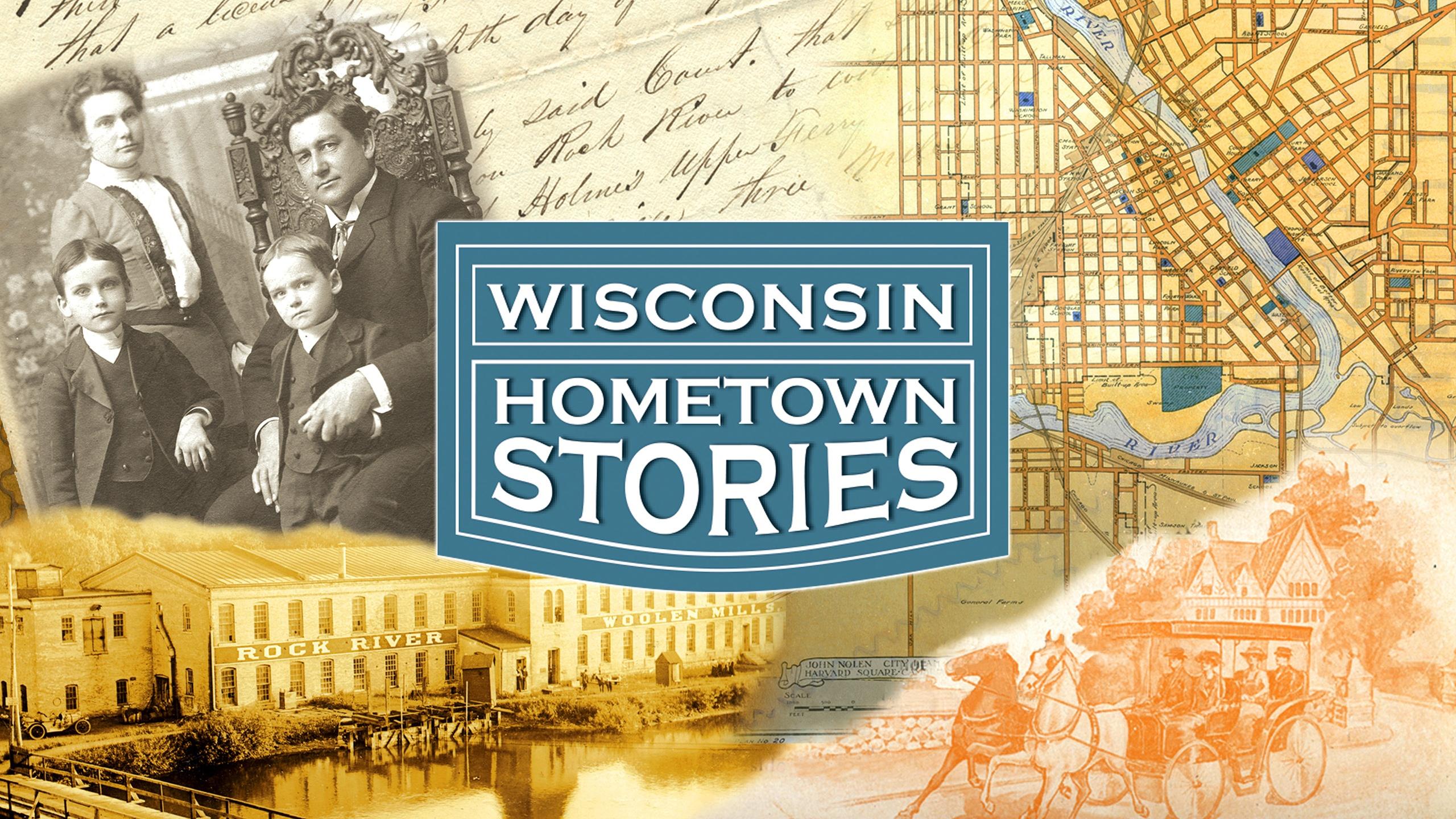


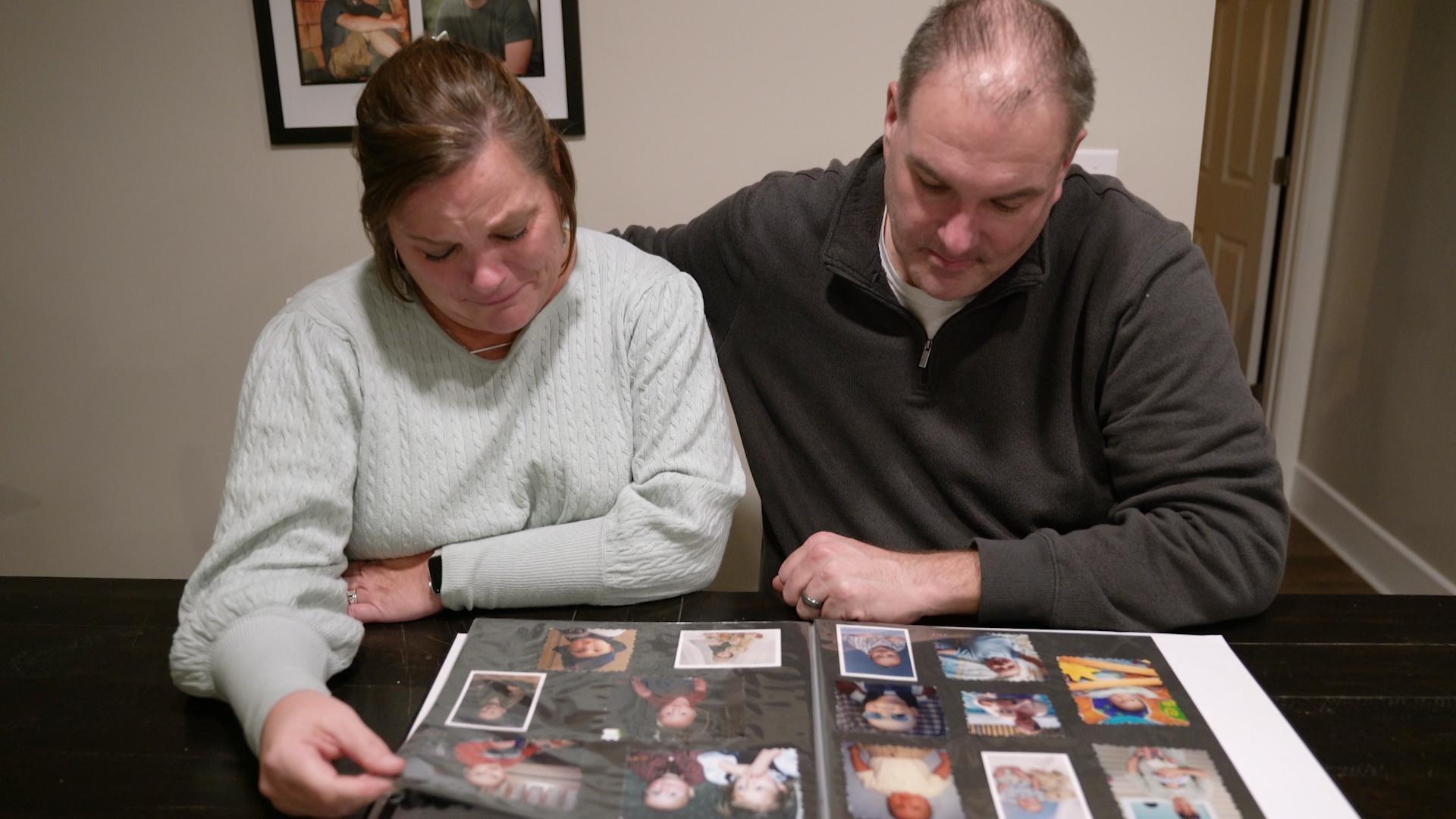
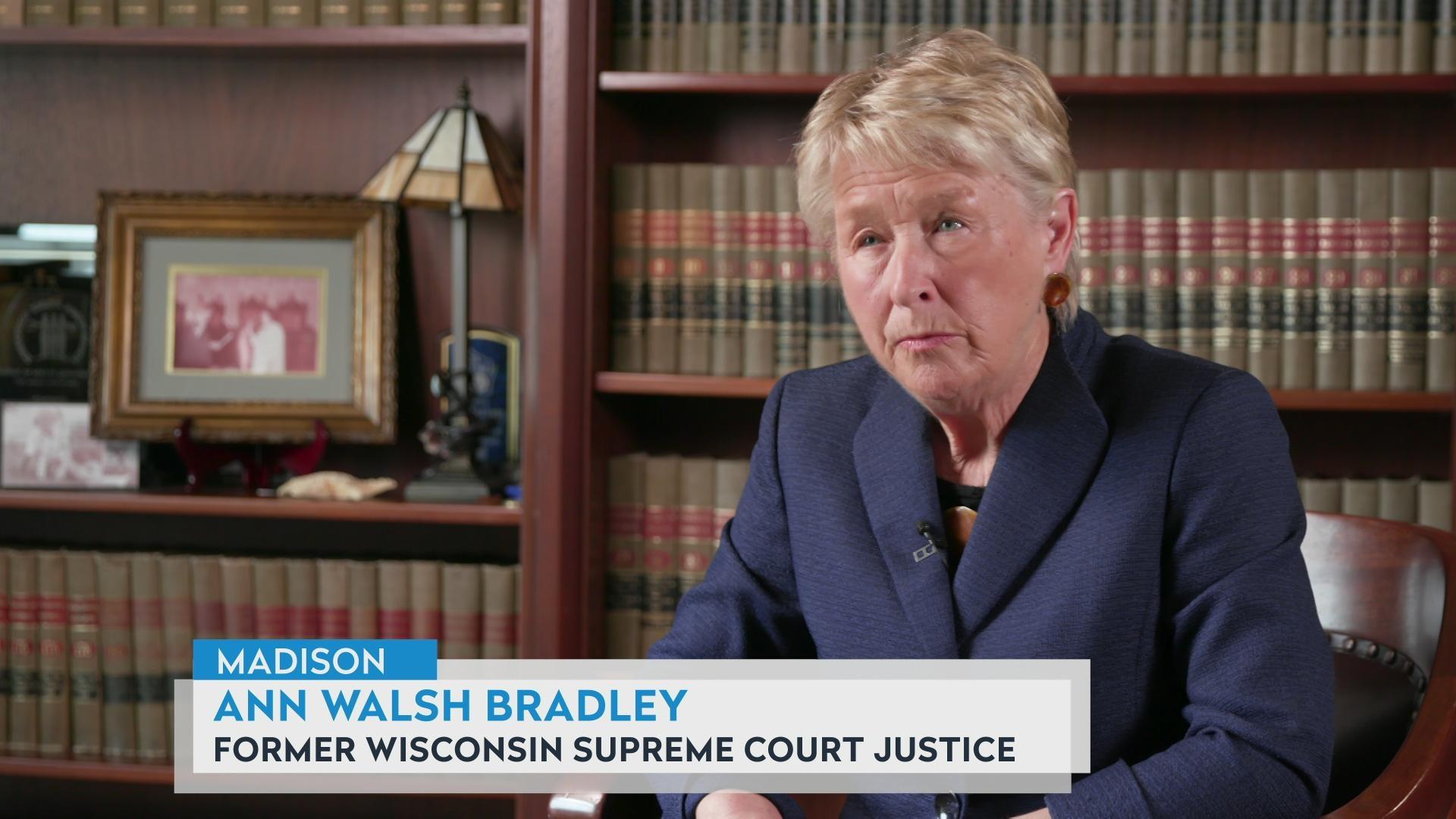
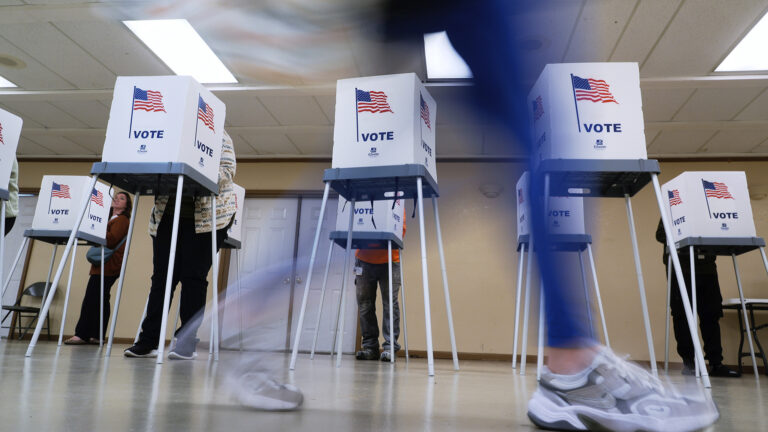
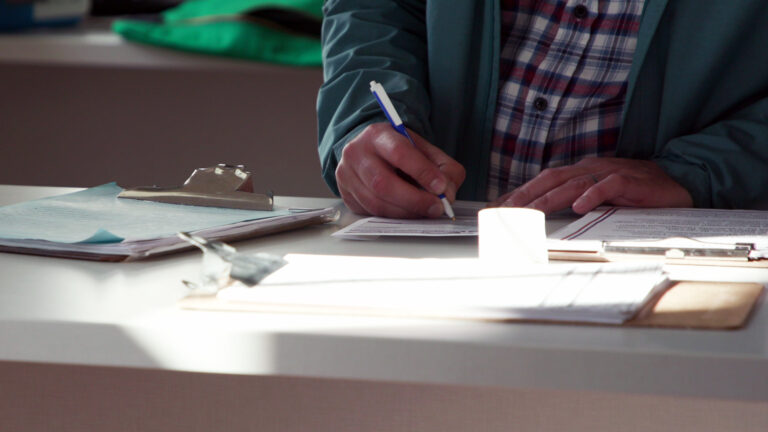
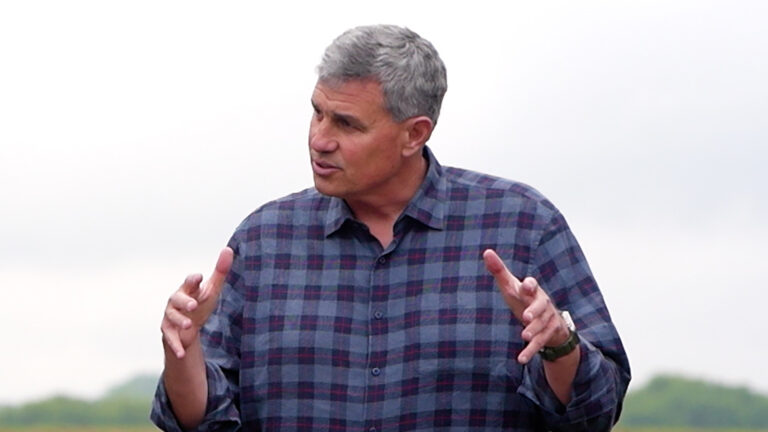
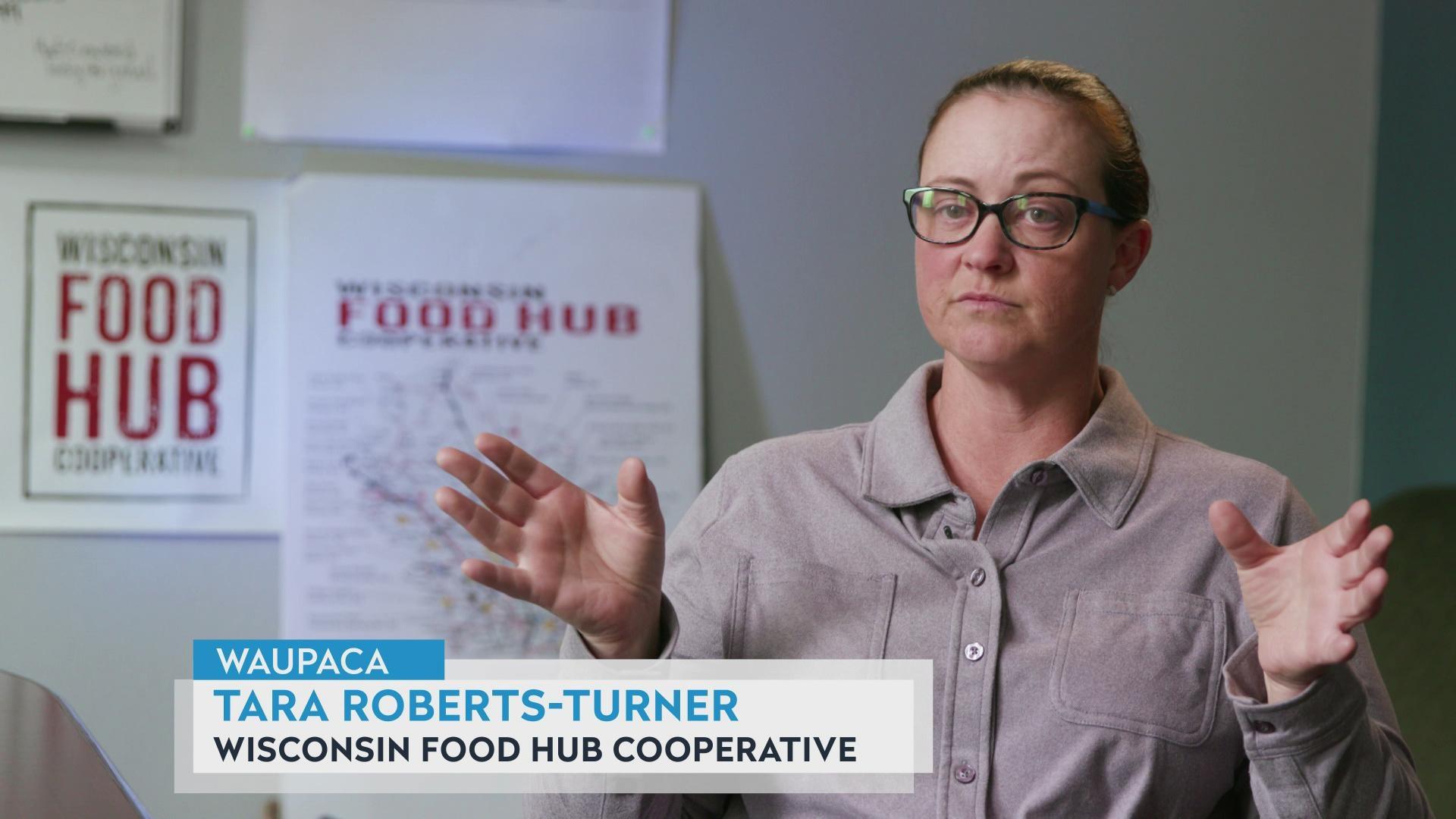
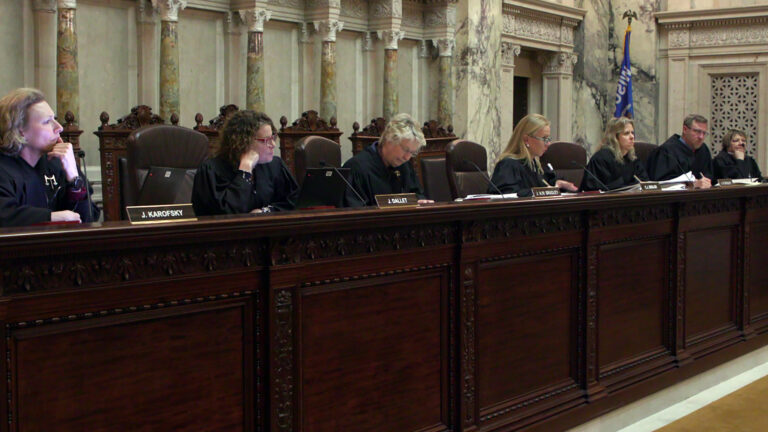
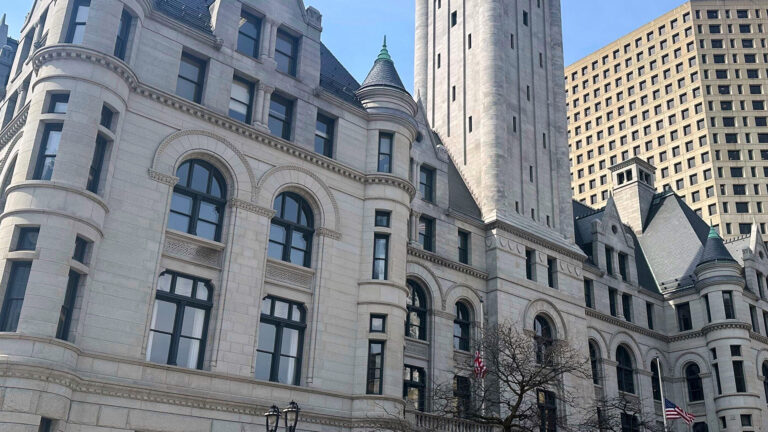
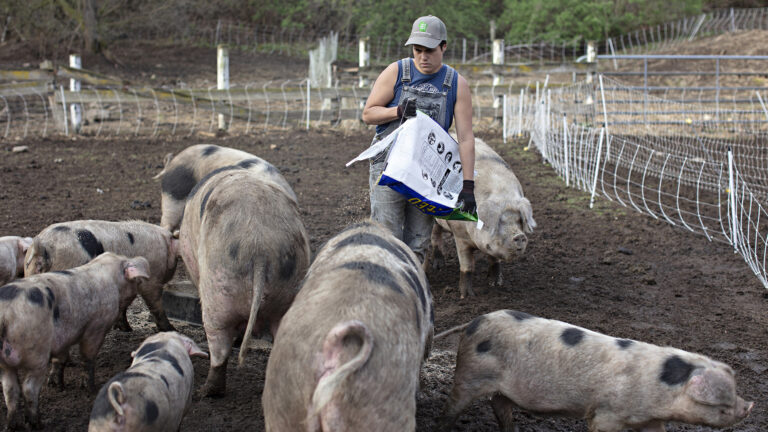
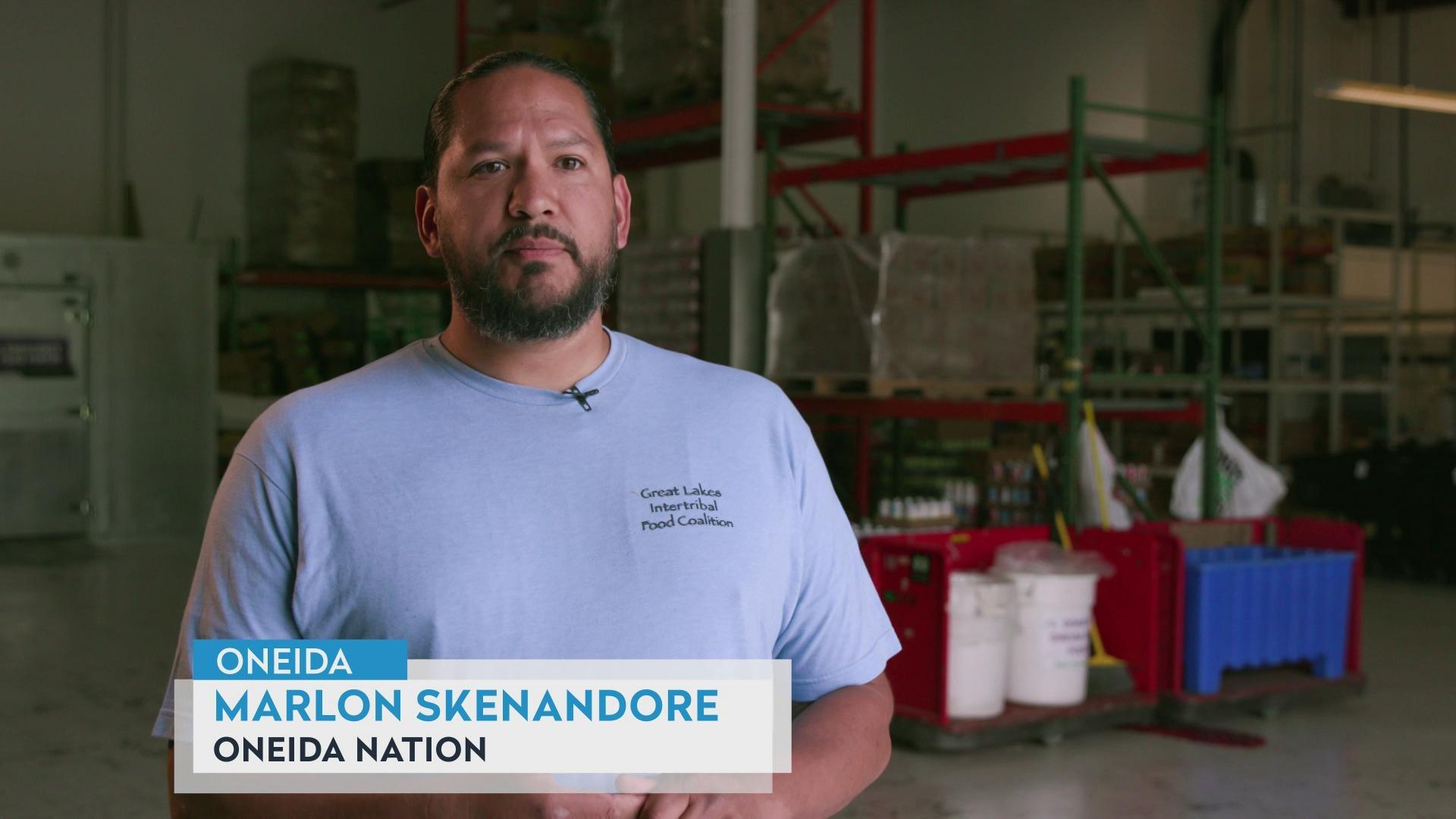
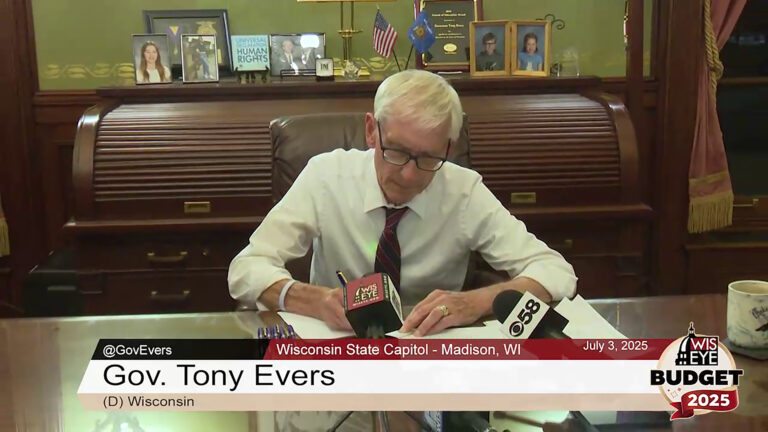
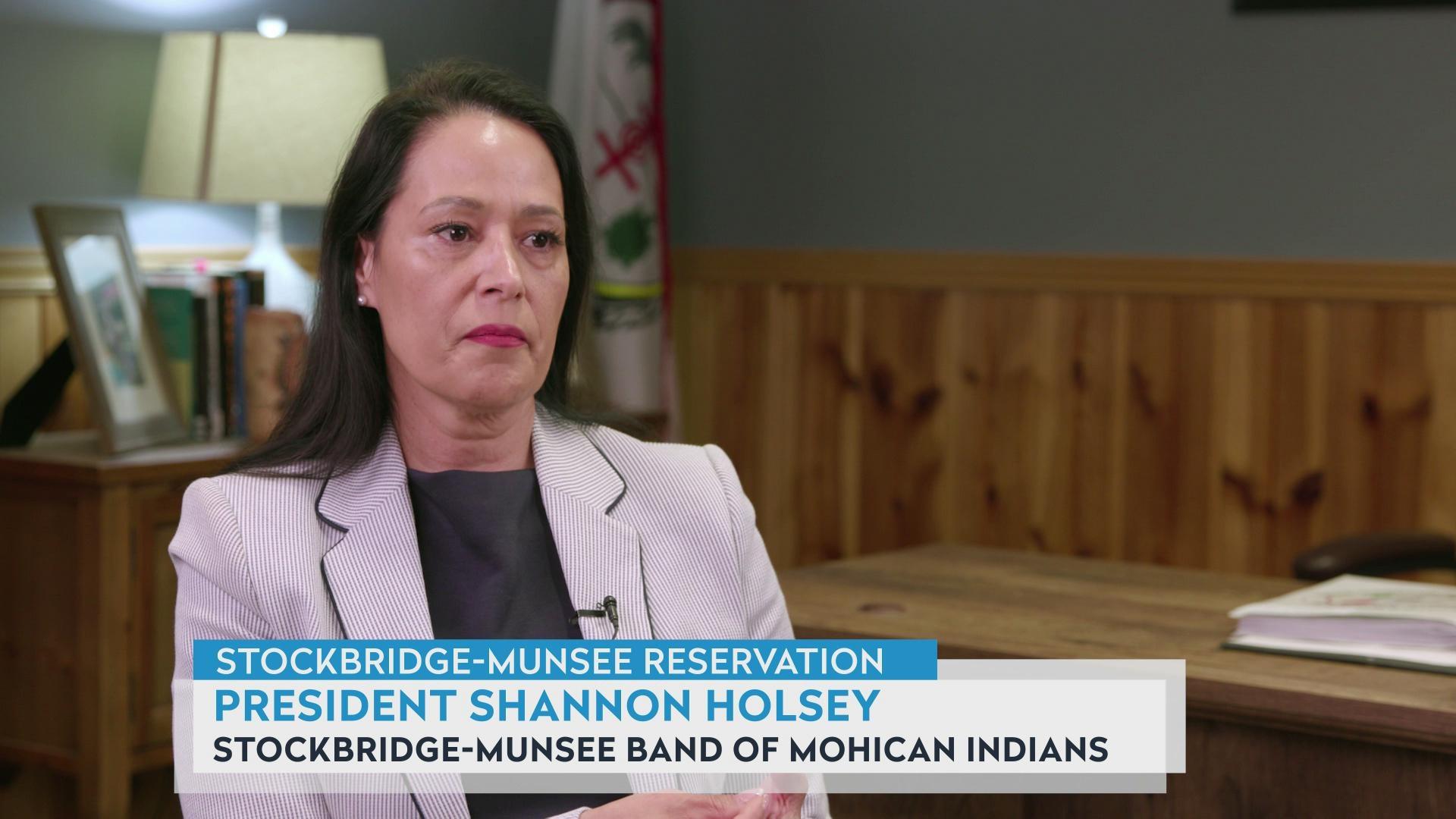

Follow Us